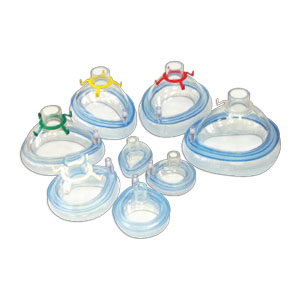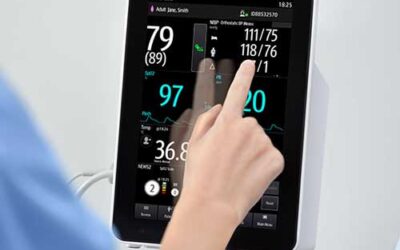Anesthesia is a crucial component in many medical procedures, ensuring patients experience minimal discomfort and pain. While anesthesia can be administered in various ways, one of the most common tools used is the anesthesia mask. This article delves into the world of anesthesia masks, shedding light on their design, function, and importance in the medical world.
What is an Anesthesia Mask?
An anesthesia mask, often made of rubber, silicone, or PVC, is a medical device used to deliver oxygen, anesthetic agents, and other gases to a patient. Designed to fit comfortably over the patient’s nose and mouth, these masks form an airtight seal to ensure efficient delivery and minimal leakage of gases.
Function of Anesthesia Masks
- Gas Delivery: The primary function of an anesthesia mask is to deliver a mixture of oxygen and anesthetic gases (or sometimes just oxygen) to the patient. This helps ensure the patient remains unconscious or sedated during medical procedures.
- Airtight Seal: The mask is designed to provide an airtight seal on the face. This ensures that the delivered gases are inhaled by the patient, and the chances of ambient air mixing with the anesthetic gases are minimal.
- Safety: Masks prevent the accidental ingestion or aspiration of foreign objects during procedures. They also protect against the regurgitation of stomach contents.
- Monitoring: Some anesthesia masks come equipped with a transparent dome, allowing medical professionals to monitor the patient’s lip color and detect condensation, which can be an indicator of patient breath.
Types of Anesthesia Masks
- Oral-Nasal Mask: This is the most common type, covering both the nose and mouth.
- Nasal Mask: Specifically designed to cover only the nose, these masks are used in procedures where mouth access is required or in cases where patients might find a full mask uncomfortable.
- Full Face Mask: Covers the eyes, nose, and mouth, ensuring a higher level of gas containment. It’s often used in cases where an airtight seal is challenging to maintain with regular masks.
- Pediatric Masks: Specifically designed for children, these masks come in smaller sizes and sometimes feature fun designs to help alleviate a child’s fear of the mask.
Considerations During Use
- Size & Fit: Choosing the right size is crucial. A mask that’s too large or small can compromise the seal and patient’s comfort.
- Material: While some patients might prefer softer silicone masks due to comfort, others might require a sturdier PVC mask. Some patients might also have latex allergies, necessitating the use of latex-free materials.
- Duration: The type of procedure and its duration can influence the choice of mask. Some masks are designed for short-term use, while others can be used for prolonged periods.
Conclusion
Anesthesia masks, though simple in design, play a critical role in the world of medicine. Ensuring effective delivery of anesthetic agents and patient safety, these masks have been instrumental in the success of countless medical procedures. Understanding their design, function, and types ensures that medical professionals can select the best mask for each individual patient’s needs.













